
Few creatures on this planet evoke such powerful sentiments of admiration, awe and absolute beauty, as does the horse. His longtime relationship with humans is often that of a working associate, from carefully and selectively logging an ecologically sensitive area, to plowing his way through a crowd as a riot police officer. Sometimes he and his rider are partners engaged in the equine ballet that is dressage. And at other times he is running free, with hooves merely brushing the soil, ears pressed back holding the wind at bay, mane and tail flowing just as surely as a river. Perhaps the phrase, Poetry in Motion, was coined to illustrate the horse.
As photographers, both professional and amateur, we recognize Nature at its finest and reach for our cameras, anxious to capture the essence of the equine. But all too often, the images lack the spark that allows the horse its universal appeal. And the photographer is left wondering what he could have done that would have improved them.
In order to shoot a credible, artistic endeavor at a horse show, for commercial shots, or for editorial content, the photographer needs to be well accomplished with his/her camera equipment. But beyond that, s/he must also be an experienced horseperson.
One can love from afar, but it is necessary to have a thorough affinity in order to truly appreciate the horse with a baseline of respect and knowledge. Only then will one have the ability to photograph him with integrity, realism and with nature's masterpiece still intact.
However, perhaps you have been asked to photograph a child's first pony ride, are designing a portrait that includes the family horse, or are grabbing a shot of a friend during a show. In all cases, there are formulas and simple tricks that will offer the best chance of creating a hard copy of the image that, until now, has been only too elusive.
Safety:
Horses have evolved for millenniums as prey animals. They use their speed and quick reactions to avoid being eaten by predators. When a situation is even slightly suspect, be aware that the horse's instinct has trained him to bolt, and when more than half a ton of horse meets 150 pounds of human, the horse will always win.
Unless you are yourself a horseperson, always bow to the experience of the handler, even if what he or she is suggesting goes against your creative grain. Opening a folded reflector with a snap, or using a flash at the wrong moment could see the animal run right over you and/or your equipment.
The Effect:
Horsepeople, those who have worked and played with horses for some time, understand the nuances of equine behavior and language. When perusing a photograph that showcases their horse, they will pick out and pick at subtleties such as the horse looking inattentive, resting on 3 legs, or having a nose badly in need of wiping. As with any portraiture, attention to detail is imperative.
Research:
Before the shoot, educate yourself. Study horse magazines, books, and web sites. As you do so, a commonality will soon become apparent. Owners want to record that glistening coat, the muscles rippling, or the side with the immaculately combed or braided mane. When in motion, they want the horse to look balanced.
Ears:
Equine photographers usually have an assistant be the "ear-getter", an important aspect of the shoot. The horse sees separately from each eye. When he is paying attention, both eyes and ears are pointing towards the same spot. Delegate someone, preferably a horseperson, to "get" the ears to prick forward, both in the same direction. The helper will rattle a bucket of grain, grab a handful of grass, jangle and toss a set of keys, or purse their lips and cluck. Horses learn quickly that the treat will not come their way, or that the spooky noise is in actuality not a threat. So make certain that your assistant waits until you are set. Be prepared and focused, with the shutter at the ready; often the animal's attention lasts only a second or two. The noise is made, the ears go up, and you shoot!
If you find yourself photographing a stallion, you may discover that they are often difficult to get attentive. Things that work for a mare, gelding or foal, could well go right over a stallion's head. They have, what they consider, more important things on their minds.... Often a mirror will help, as he will be extremely interested in what that horse is doing in his territory. Just use caution that it does not become an unwanted reflector.
Mood:
However, not every equine image should have the ears forward. The horse is not always at attention any more than a child is always smiling. A mood shot, such as showing the horse nuzzling his person, or a mare with her foal, will usually present with one ear forward, one back. Having said that, the rule of thumb for portraits with or without people is for the horse to be squarely on all four legs with ears forward in the same direction that the people are looking.
The Eyes:
I have often seen beautifully executed family photos with every human properly lit and sporting a good expression. Yet, over to the side, the family horse stands at ease with one leg up on its toe, wearing a bored expression with black eyes. This pose can make the most well-bred animal look like an old nag. A horse's eyes are large and expressive. Just as with humans, the eye is the window to the soul, and it is up to the photographer to present that to the viewer. Have an assistant hold a reflector (a space blanket will do) off to the side, aiming the diffused sun directly into the horse's eyes. This will give a wonderful catch-light that will bring him to life without washing out the people. If a reflector or assistant is not available, an on-camera flash will do. Keep one of your own eyes peeled to make certain that he is standing on all four legs and that the "ear-getter" has done his or her job.
Respect and Ethics:
The very best of photographers cannot produce a truly good photo of a horse unless they have an honest respect for their model. A condescending attitude will show up in the image and a horse lover will spot it immediately. Ethics play a vital role in any enterprise involving sentient beings, and horse photography is no exception. Since photographers bring the industry into the home, it is up to the individual shooter to research and arrive at his or her own moral and ethical decisions as to what he or she will and will not photograph.
Professional equine photographers need to have detailed understanding of the conformation of each breed and the way in which individual disciplines want their mounts to stand or move. As well, they must have an inherent sense of when and how the animal will move and look within a split second. They automatically count out the cadence of dressage or jumping and know when a special moment is happening between equine and human. Perhaps most importantly, with scientific detailing, they have absolute understanding of the quick reflexes and timing of the horse.
But anyone with a basic appreciation of horses and familiarity with his or her camera, by using these tips, can produce an image worthy of hanging. And there is no nobler endeavor than bringing the beauty and power of one of nature's most amazing creations, into one's home.
Diane C. Nicholson (http://www.twinheartphoto.com/) is a freelance writer and photo-artist specializing in families of all species. As a bereaved parent herself, she has worked extensively with other grieving parents and now creates "memorial art" in which she uses their own snapshots (how many of us have wished we'd gotten that portrait, too late - including stillborn infants) and turns them into art. These can be used as cards to give out at funerals and memorial services (all accomplished online) or printed onto a stretched canvas, ready to hang.
She also has quality, Earth-friendly posters (one, First Born, is her most famous. It is the once-in-a-lifetime photo of a mare and foal lying down and cuddling together. These 18 x 24 posters have been bought for walls of maternity offices and birthing centers, new baby gifts, and so on, along with the regular Holiday gift-giving.
Other than her own art, Diane specializes her photography sessions on "Bellies, Births and Babies". She loves the whole birthing process and used to teach prenatal classes as well as attend births as support. Now she leaves that to midwives and doulas and records the memories in stunning photographs of the working, birthing couple and the new family.
Because of the economy, Diane is trying to help a little with Holiday expenses by temporarily lowering the prices of her wall-art: http://www.twinheartphoto.com/Wall%20Art.htm










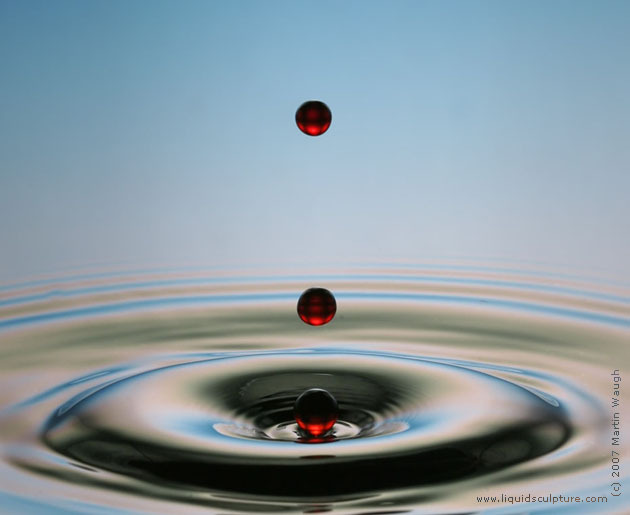


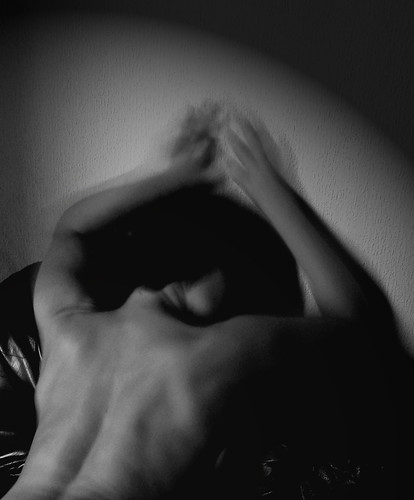

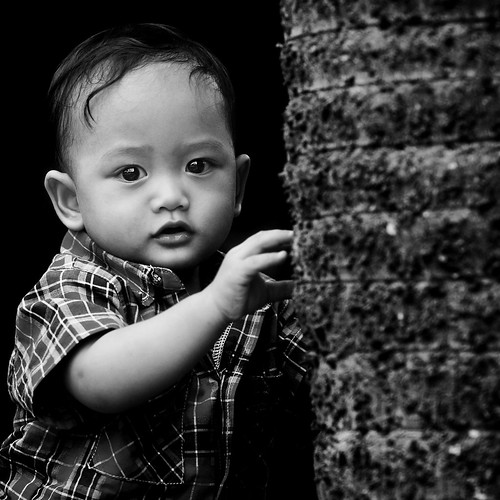
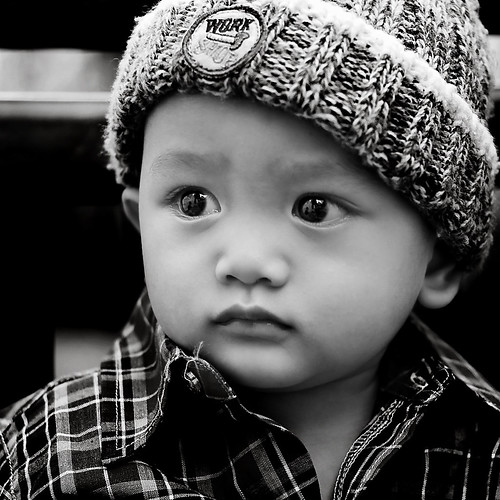
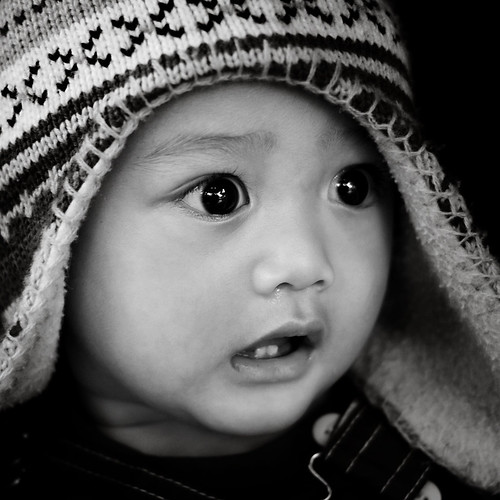
Nema komentara:
Objavi komentar